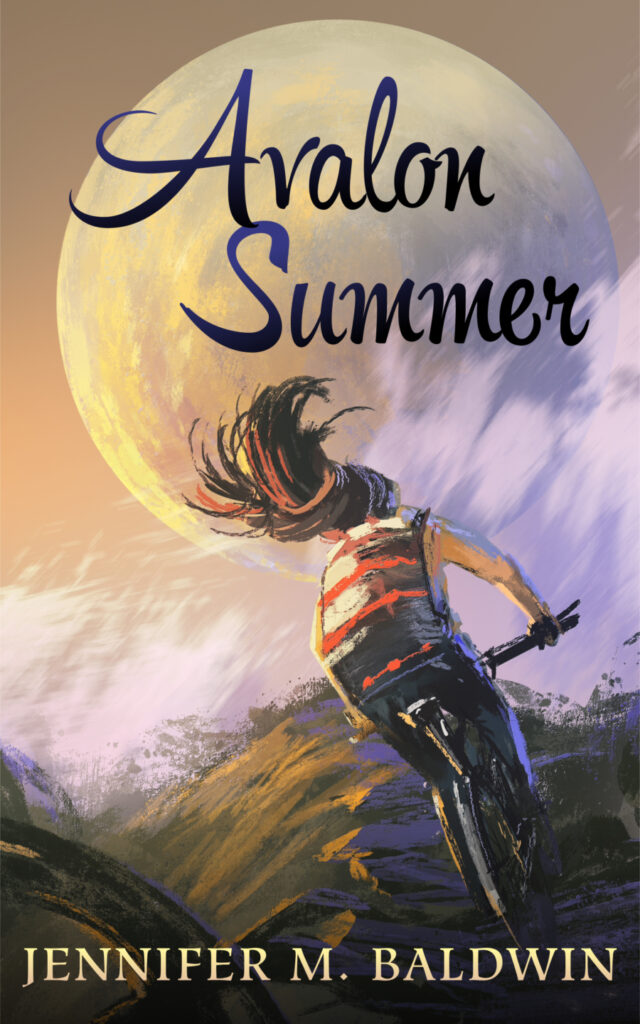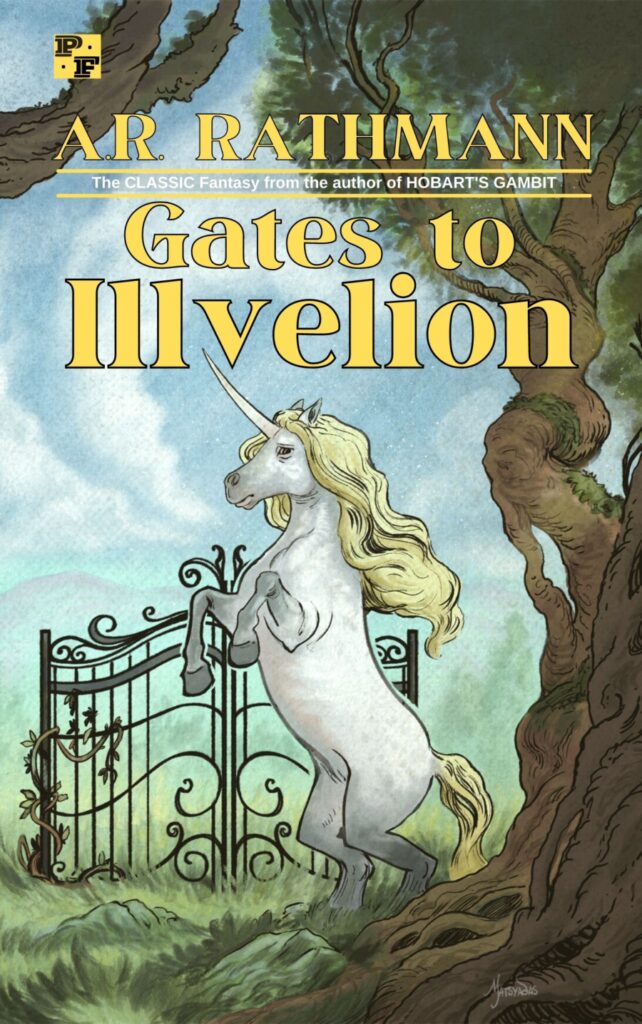The reading challenge ebbed and flowed. I don’t know if I really succeeded. Some days I read more than others. Some days I fell victim to my own addiction to surfing the internet. The addiction is deep. As soon as I think I’m master of my attention, something happens to draw me back to the “abyss of Total Noise” that is scrolling the web.
What a perfect metaphor. A web. Like flies, we’re caught.
It’s not that I think the internet is a bad thing. I literally would not have met my husband or developed a career as a professional writer and editor if the internet didn’t exist. I might have met another husband or made a career as a writer in some other way, but not in the way I did. I’m grateful for the internet.
But it is a web. A vast web. And that vastness has been a double-edged sword.
Anyway, the reading challenge was a bit “meh.” I wish I had been better about carving out my reading time. But life — always life — intervenes. Children with broken arms. Emergency room visits. Power outages. Deadlines. Exhaustion.
I suppose I can try again with a new challenge, but is that just setting myself up for another failure? I also made a pledge to blog (nearly) everyday, and that has been a bust as well. So many missing days. Weeks gone by and nothing posted.
Perhaps the better thing to focus on is my persistence. Despite all these setbacks and failures and inabilities to maintain a challenge, I have a stubborn inability to give up. Even as I fail at these challenges, I keep going. Maybe there’s merit in that (or some form of insanity!).
I used an old Austin Kleon prompt today in my writer’s notebook. I can’t find anything on his blog about it, but I know I first got the idea from his writings. Here’s a link to elsewhere that explains the prompt: Spine Poetry.
So, these are the book titles sitting on my desk right now: The Sleeping Dragon, The Broken Lands, The Tolkien Reader, Maps of the Imagination, The Summer Book, The Fall of Arthur, The Once and Future King, The Lore of the Land, The Book of Idle Pleasures, Listen to the Echoes.
And here is my poem made from the titles along the spines:
Listen to the echoes:
the lore of the land,
the fall of Arthur (the once and future king),
the broken lands,
the sleeping dragon.
Maps of the imagination:
the Tolkien reader,
the summer book.
The book of idle pleasures.


